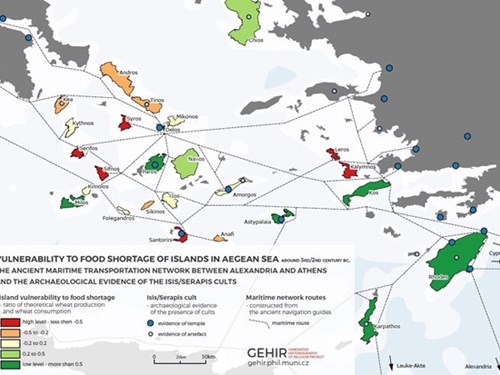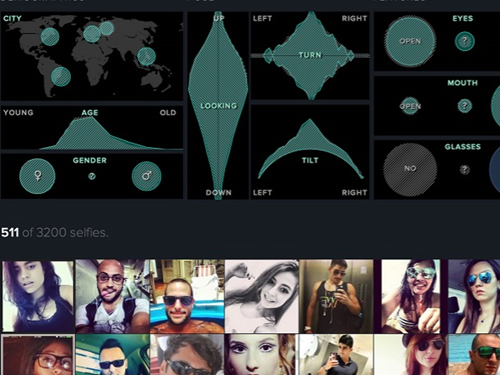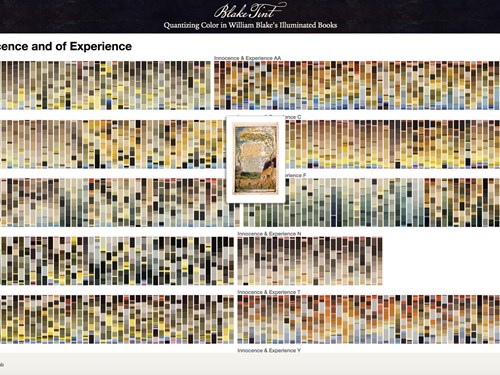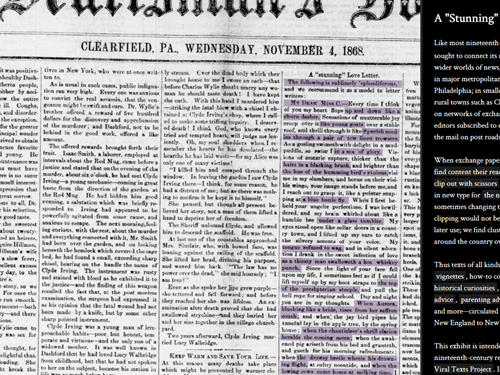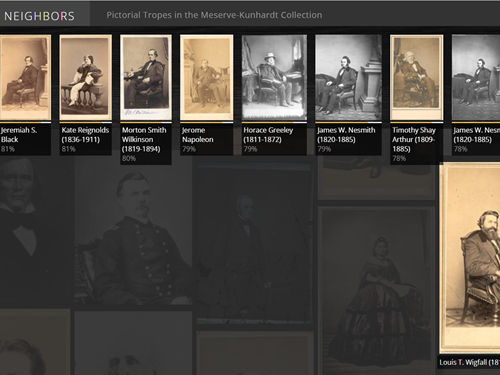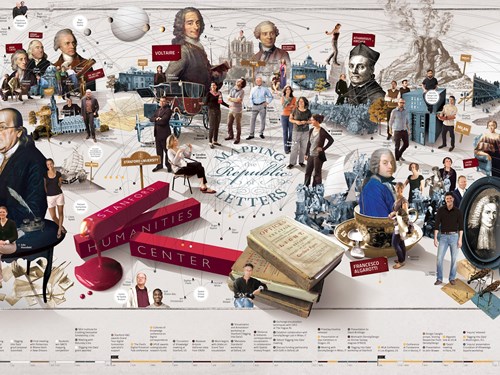Because the humanities alone are a diverse mix of disciplines from history, philosophy through philological sciences to sciences that deal with art and culture, the digital humanities can take a different form depending on who practices them. Thus, the use of 3D technologies in archaeology, text analysis in literary sciences, mapping and GIS in history research, or creating digital editions in classical studies, all of these can be covered by the label of the digital humanities.
There are dozens of definitions of the digital humanities (DH), and debates about a clear definition of DH are, according to some scholars, a genre of its own. However, several basic approaches can be traced. According to them, digital humanities can be:
- Application of digital tools and methods in the humanities.
- A community of scientists who use and develop digital tools and methods in their humanities research.
- The development phase and the future of the humanities.
Therefore, it is clear that while some see DH simply as the use of digital tools in the humanities and as a separate discipline, others perceive it more as “a community of scientists who use digital tools and methods in their research and develop them further”. Some believe that DH is not an independent discipline or field in itself, but only the phase of development that all humanities are going through and that represents their future. That is, in the future, all humanities will gradually start to use digital tools and methods to a certain extent, and all “Humanities” will actually be “Digital”.
If you are interested in how scholars in various disciplines approach the definition of digital humanities, you can visit the page “What Is Digital Humanities?” displaying the definitions written by the participants of the so-called Day of DH between 2009-2014.
